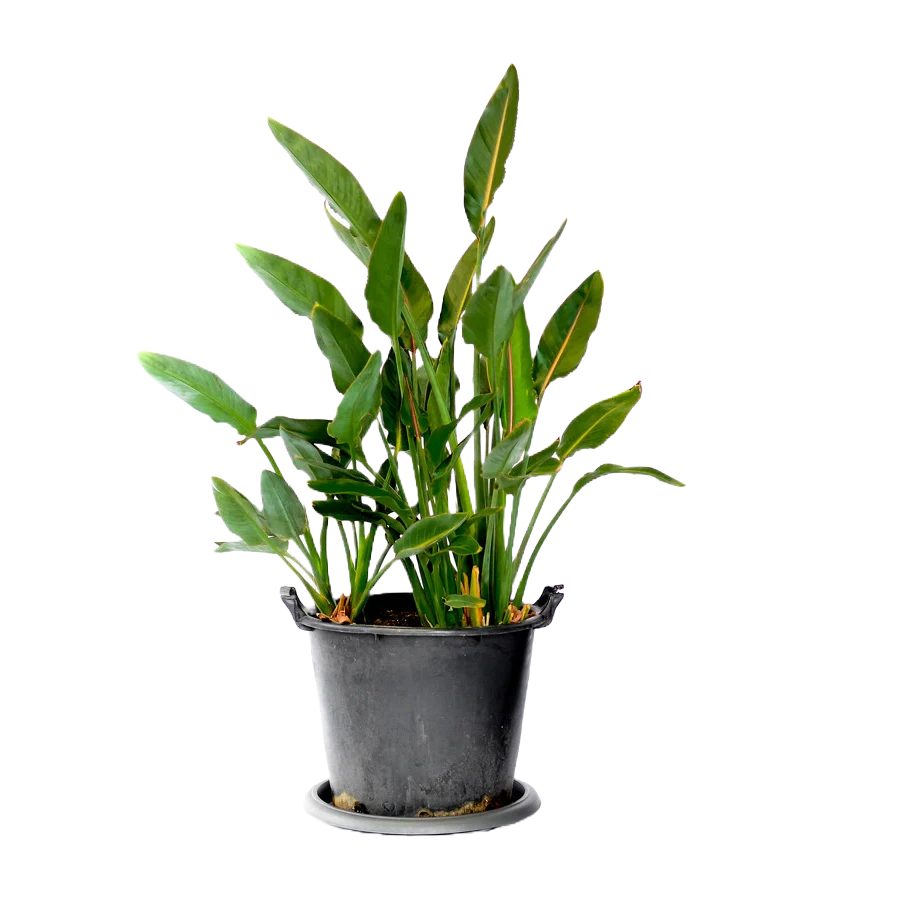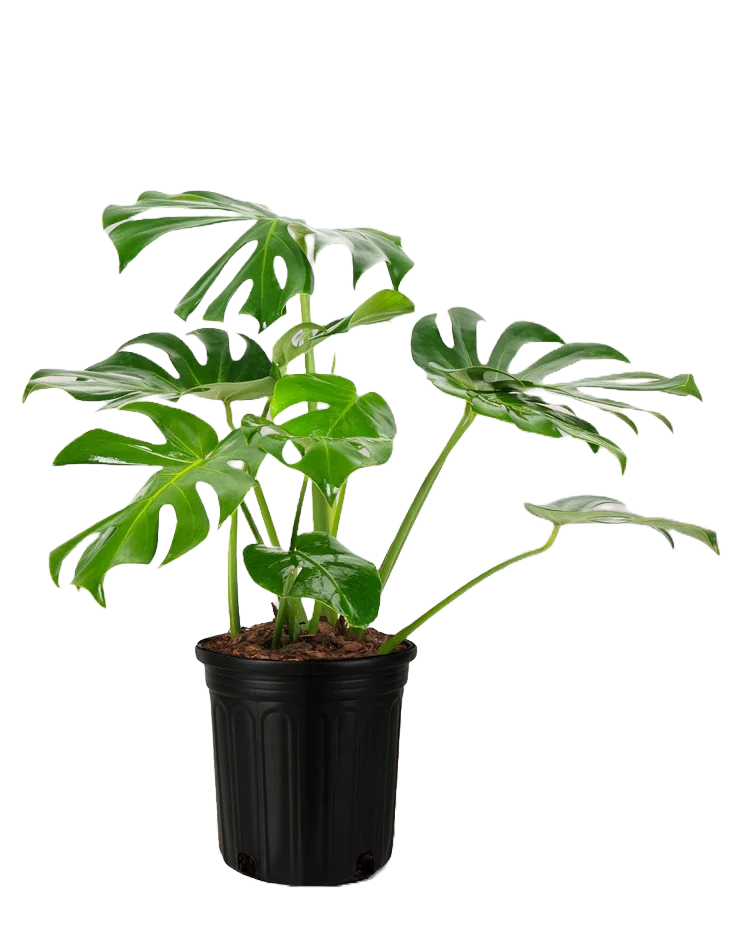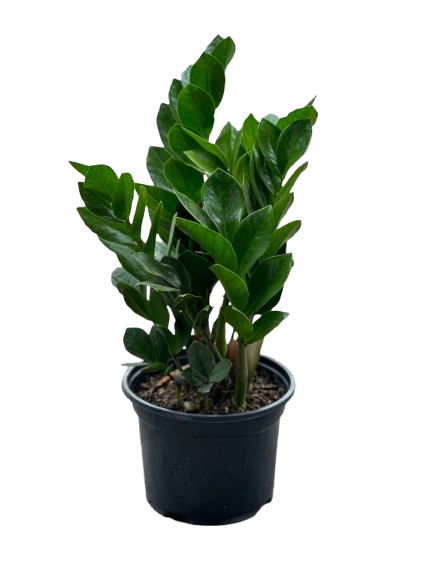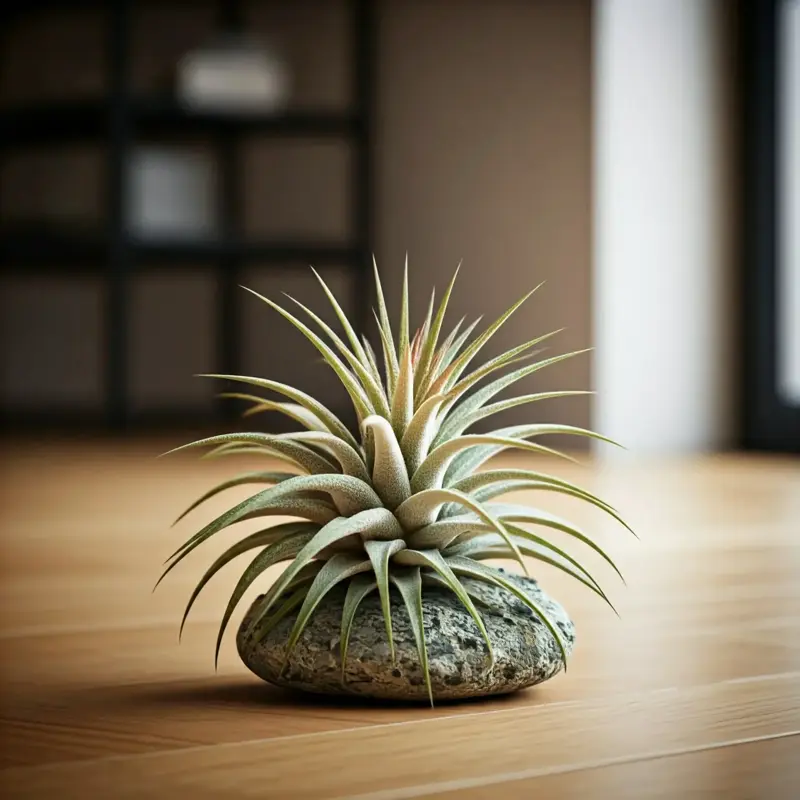Tillandsia, commonly known as the Air Plant, is a unique, soil-free plant that absorbs moisture and nutrients directly from the air. With its sculptural form and minimal care needs, it is becoming a popular choice in Kenyan homes, offices, cafés, and interior design projects. Tillandsias add a modern botanical touch to shelves, terrariums, hanging decor, and bathroom spaces—perfect for those seeking greenery without the hassle of soil and frequent watering.
Why Grow This Plant?
- Requires no soil—just air, light, and occasional misting.
- Ideal for small spaces, minimalist décor, and creative arrangements.
- Purifies indoor air by absorbing airborne particles and moisture.
- Extremely low maintenance and drought-tolerant.
- Unique appearance makes it a conversation piece in any room.
Cultural & Historical Significance
Tillandsias are native to Central and South America where they grow on tree branches, rocks, and cliffs—never needing soil. Indigenous cultures considered them symbols of freedom and adaptability. In modern interior design globally, they are associated with calm, clean energy and biophilic styling. Their ability to thrive suspended in air has made them popular in contemporary plant art and zen-inspired spaces.
Ideal Growing Conditions in Kenya
- Sunlight: Bright, indirect light—near windows is ideal.
- Temperature: Prefers 15°C–30°C; thrives in Nairobi, Kiambu, Nakuru, Kisumu, and coastal regions.
- Humidity: Loves moisture; bathrooms and kitchens are great spots.
- Air Circulation: Adequate airflow is essential to prevent rot.
- Watering: Mist 2–3 times weekly or soak in water for 15 minutes once per week.
How to Display / Mount It
- Choose a display structure (driftwood, shells, terrariums, hanging glass globes, or ceramic holders).
- Ensure the plant does not sit in standing water—drain thoroughly after misting or soaking.
- Place where it receives bright, indirect sunlight.
- Avoid sealing it in containers without airflow.
- Rotate position occasionally for even light exposure and growth.
Care Tips
- Mist regularly—especially in dry or air-conditioned rooms.
- Soak once weekly during hot seasons for full hydration.
- Shake off excess water to prevent rot.
- Do not place under harsh midday sun—it can scorch.
- Use diluted orchid or bromeliad fertilizer once monthly to boost growth.
Pests & Diseases
- Root/Stem Rot: Caused by water sitting in the plant—dry upside down after watering.
- Mealybugs: Treat with neem oil or rubbing alcohol dabs.
- Browning Tips: Indicates insufficient moisture—mist more often.
Pet Safety
Tillandsia is non-toxic to cats and dogs. Safe for homes with curious pets.
Growing in Containers
Air Plants do not require soil and are perfect for décor displays. Place them in terrariums, macramé hangers, mounted on driftwood, ceramic bowls, or glass orbs. Ensure airflow and avoid sealing them completely in enclosed vessels.
Where to Buy This Plant in Kenya
You can buy healthy Tillandsia Air Plants and stylish display accessories at:
Final Thoughts
If you’re looking for a beautiful, modern, and extremely low-maintenance plant, Tillandsia is an excellent choice. It brings nature indoors effortlessly and fits perfectly into artistic, minimalist, and contemporary spaces in Kenya.








